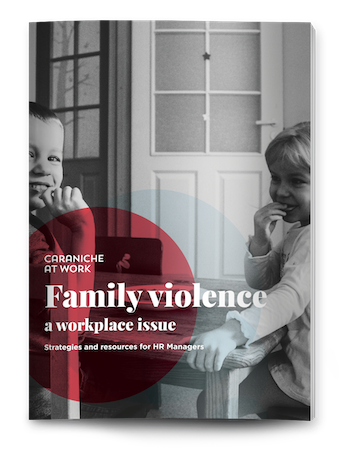
The term ‘trauma’ is appearing more and more in our everyday life. Yet sometimes it can be used out of context. Here’s what we mean by ‘trauma’ and the importance of trauma-informed practice and language in helping to support one another.
Individual trauma is often the result of an event, series of events or set of circumstances that a person experiences as physically or emotionally harmful – and in some cases life threatening.
This experience can have a lasting adverse effect on how a person functions, whether mentally, physically, socially, emotionally or spiritually; and an event might be experienced as more traumatic for one person than another.
There are different types of trauma – single-event, complex and historical or intergenerational – and each requires a different response. People generally have the ability to recover from single-event trauma, whereas complex trauma requires prolonged support.
The different impacts of trauma
Trauma can widely impact how we can function on a day-to-day basis:
Mentally – intrusive thoughts, difficulty concentrating, memory gaps
Physically – fatigue, tension, hypervigilance, fight or flight
Socially – avoidance, withdrawing from others, feeling isolated, fear of abandonment
Emotionally – anxiety, fear, sadness, guilt, shame, numbness, anger
Behaviourally – being unpredictable, oppositional, lacking control, defensive
Spiritually – loss of meaning and purpose, loss of faith in one’s beliefs
Understandably, people experiencing the effects of trauma, particularly complex trauma, can find it difficult to build relationships, form a positive opinion of themselves and self-regulate their emotions. All of which can lead to a host of other negative symptoms.
The importance of trauma-informed practice
Trauma-informed practice is a strengths-based framework founded on five core principles: safety, trustworthiness, choice, collaboration and empowerment – as well as respect for diversity.
It’s designed to deliver a message of hope and optimism that recovery is possible and that trauma survivors are unique individuals who have experienced abnormal situations and managed as best they could.
A trauma-informed practice is one that does not harm, re-traumatise or blame survivors for their feelings or experiences; rather it draws on guidelines and essential knowledge required if people are to interact meaningfully with a trauma-informed mindset.
Essential elements of a trauma-informed approach
(According to Blue Knot Foundation’s Talking about Trauma.[1])
Traumatic stress can send the brain’s threat sensor – our amygdala – into overdrive. Exhausted from the constant warning signals flushing through our bodies and brains, we can become habituated to stress and less able to distinguish between safety and danger.
Traumatic events or experiences can result in dissociation – when a person separates from their present experience. There are many different signs of dissociation and it’s important to understand that a person who’s dissociating needs reorienting and safety.
Lowering arousal can restore safety, allowing someone to return to a place where they can tolerate their feelings and minimise the risk of being overwhelmed from both hyper- and hypo-arousal.
Traumatised people develop coping strategies to protect them from being overwhelmed. When we understand this, we can consider what may have ‘happened’ to the person rather than what is ‘wrong’ with the person.
As trauma researcher, Bessel Van der Kolk says in The Body Keeps Score, “Being able to feel safe with other people is probably the single most important aspect of mental health; safe connections are fundamental to meaningful and satisfying lives.”[2]
By developing the five core principles of a trauma-informed practice, we invest in our ability to provide the support that trauma survivors need to move forward: minimising the potential for triggering and seeking to help rather than hinder a person’s recovery.
As experts in this space, Caraniche at Work offers a range of avenues designed to help people become more trauma aware and trauma informed including EAP, manager support, coaching as well as training delivery. Contact Us for details.
__________
[1] Blue Knot Foundation 2018 Talking about Trauma: Guide to Conversations and Screening for Health and Other Service Providers Kezelman C.A & Stavropoulos P.A
[2] Bessel Van der Kolk (2015), ‘Body Brain Connections’ in The Body Keeps the Score, Penguin/Random House UK pg. 79

Many of the new tech based EAPs have been making inaccurate claims about traditional EAPs as part of their marketing and promotion.
Read more
Moral injury in the workplace can negatively impact our psychological wellbeing and mental health. Here’s why it matters.
Read more
When choosing how to cultivate wellness in the workplace, it’s never been more important to take an organisation-wide approach. Here’s why.
Read more
Australian workplaces are waking up to the impact of family violence. Caraniche at Work has developed a free report for HR Managers who want to take the lead.